You'll Be Shocked By How Much Anchor Hocking's Depression Glass Is Worth Today
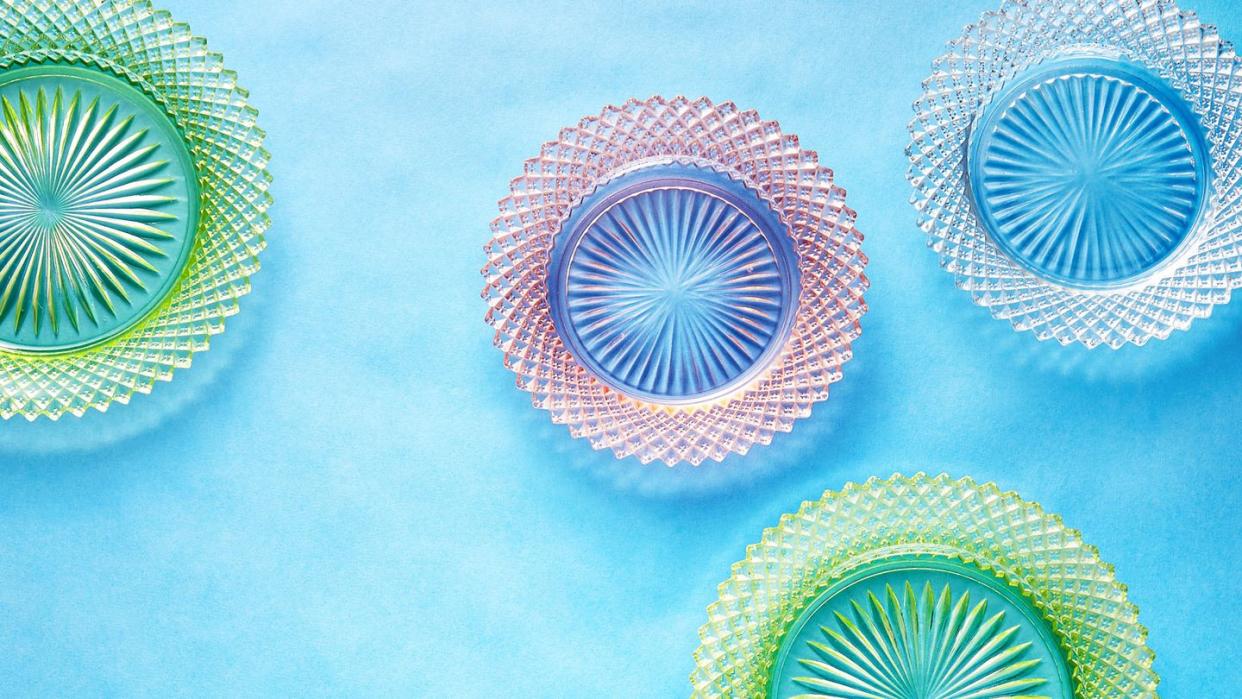
Named for the nearby Hocking River, the Hocking Glass Company was founded in 1905 in Lancaster, Ohio, by Isaac Collins and a few associates. During its first year of operation, the company produced and sold as much as $20,000 worth of glass pieces (the equivalent of roughly $516,000 today). By 1929, with the arrival of a machine that automatically pressed glass, Hocking became the largest producer of what we now call Depression Glass, inexpensively produced but elegant glassware that sold for about 4 to 25 cents apiece.
The Miss America pattern (pictured here; plates courtesy of Replacements, Inc.), produced between 1935 and 1937, proved to be among the company’s bestsellers. It’s available in pink, crystal, green, ice blue, and red in plates, tumblers, pitchers, and more. After surviving the Depression, Hocking Glass merged with Anchor Cap and Closure to become the Anchor Hocking Company, as the name remains today.
Appraiser Marsha Dixey of Heritage Auctions* notes that, in general, the values for pieces from the Miss America pattern are down almost 30% since 2008, but a complete service for eight can go for up to $1,000, depending on the color. Pink is the the most popular color with today's collectors.
Many individual pieces are available for less than $10, but serving pieces such as vegetable bowls, platters, relish plates, compotes, and water glasses or cups sell in a range of $15 to $20 and sometimes more. For instance, a large fruit bowl might rise to an auction price of $35. She notes, that, as with most glass, condition plays a heavy roll in the value.
*Appraisal Values Updated March 2024 by Appraiser Marsha Dixey of Heritage Auctions. These values have been collected by averaging auction prices realized from different sources and may differ from prices on the same item offered for sale by a private dealer. An auction value is more or less based on rarity, condition and desirability (bidding activity) of a specific maker, form or pattern.
A Short History of Anchor Hocking
Here are some highlights from the company's heritage.
1938: Royal Ruby
Deep red Royal Ruby premieres under the new Anchor Hocking company name.
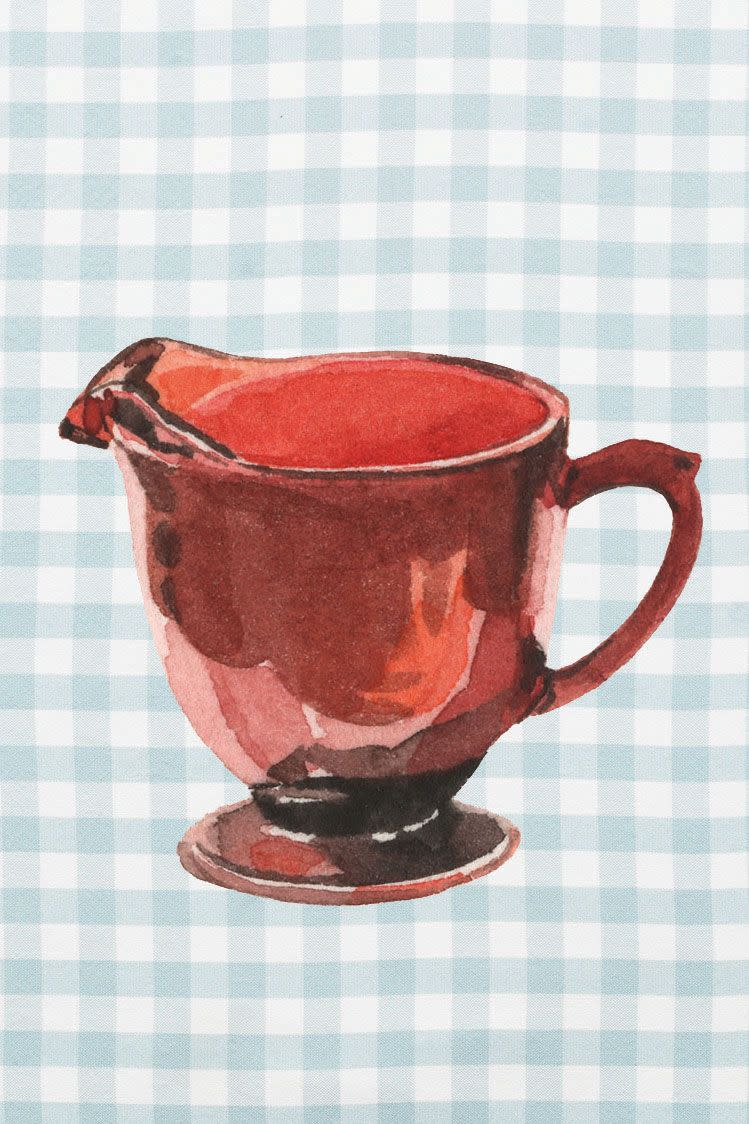
1942: Jadeite
Hello Jadeite! The ovenproof borosilicate glass brand Fire-King hits shelves. Find out what that treasured bowl passed down from your grandmother is worth in our collector’s guide to Jadeite.

1960: Primrose
Decaled Primrose is added to the lineup of Fire-King branded table and bakeware.
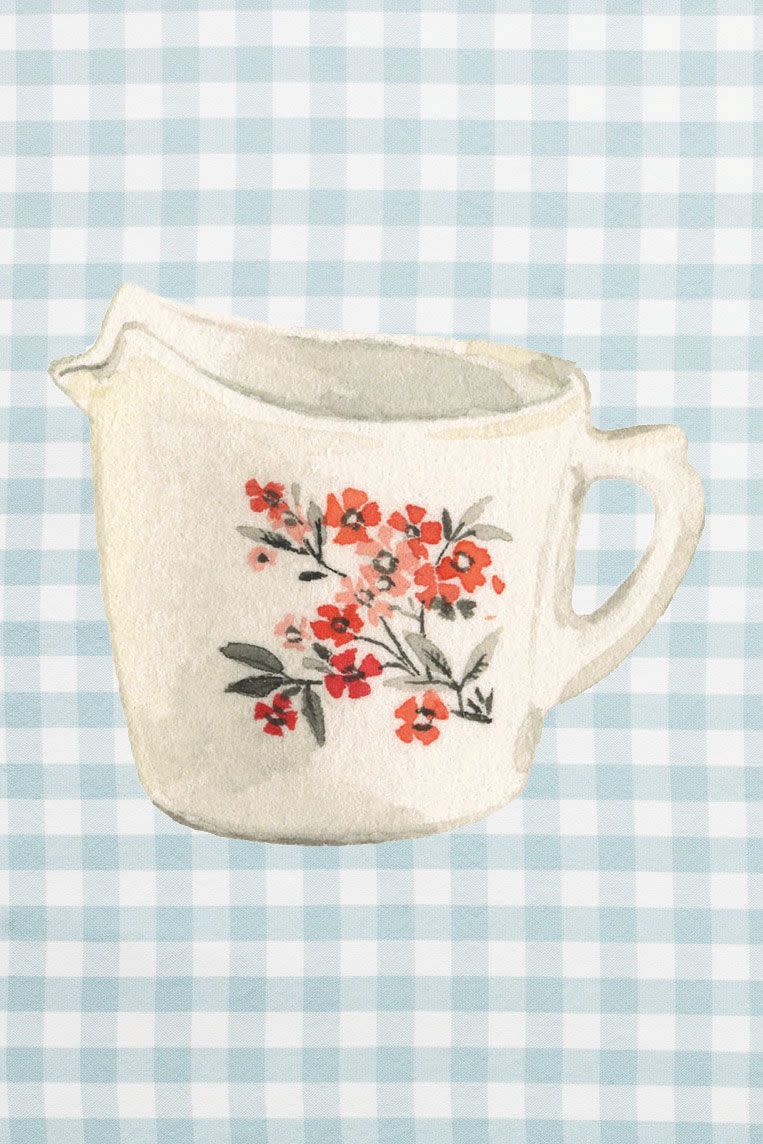
1972: Fairfield
Even Anchor Hocking embraces the 1970s green trend with groovy Fairfield.
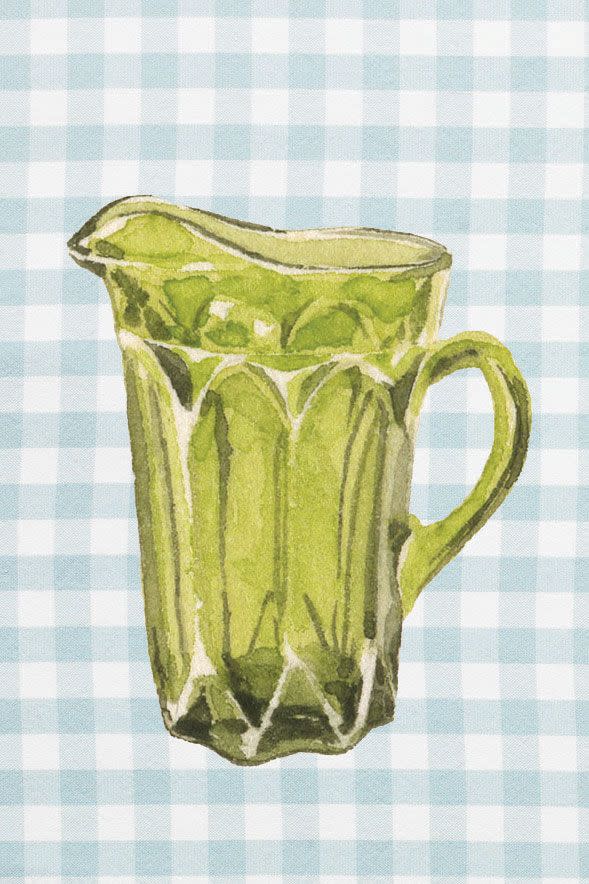
2001: Presence
The company enters the new millennium with simple but bold cobalt blue Presence.
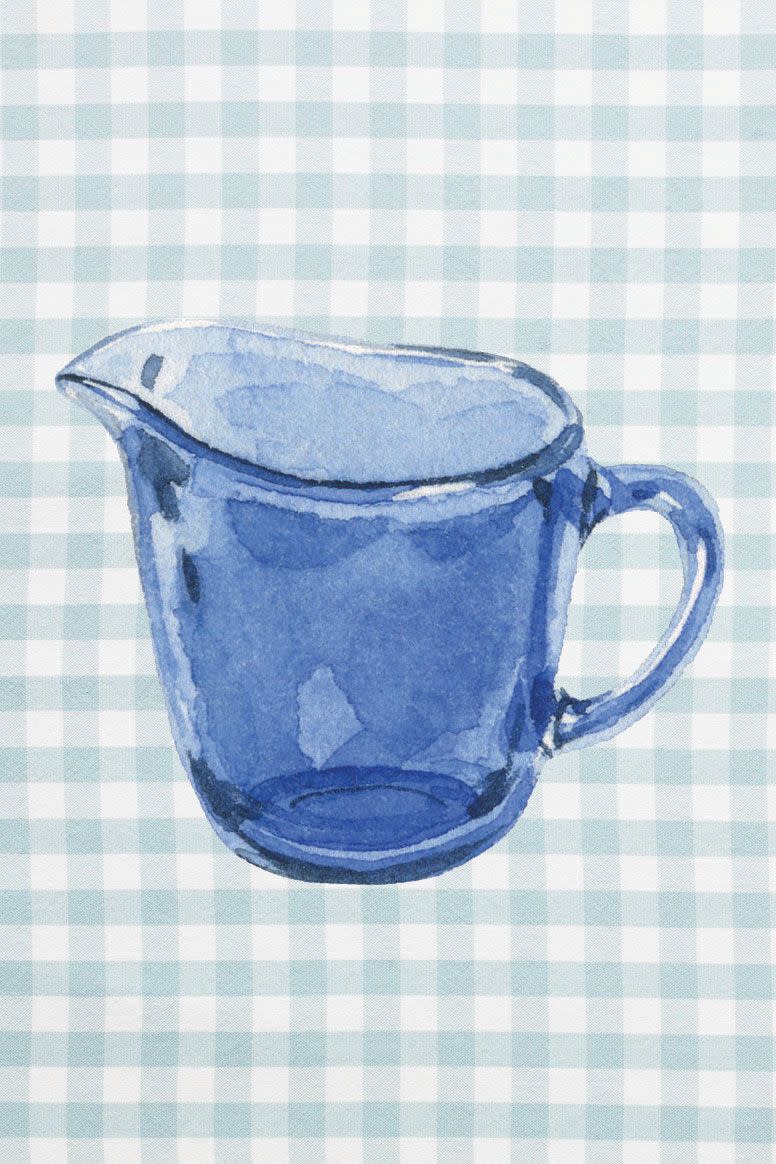
You Might Also Like


